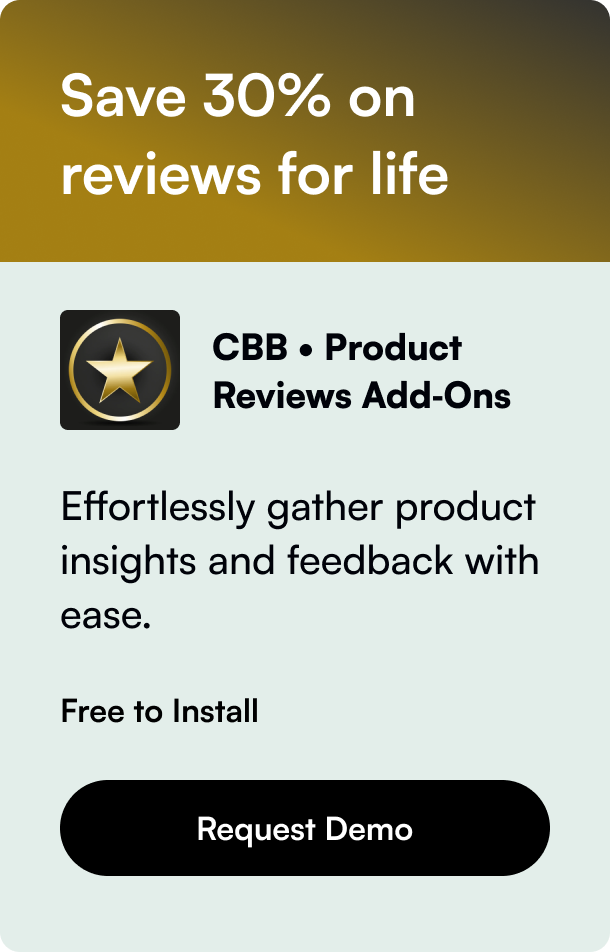Table of Contents
- Introduction
- Why Detecting Shopify Matters
- Spotting Shopify’s Signature: A Comprehensive Approach
- The Role of Browser Extensions and Plugins
- Conclusion: Mastering Shopify Detection
- FAQ Section
In an era where e-commerce platforms are cornerstones of the digital marketplace, identifying the technological backbone of an online store can be both intriguing and beneficial. Shopify, a leading e-commerce platform, powers a significant portion of online stores, providing a robust framework for businesses to sell their products. Whether you're a consumer curious about the shopping platform, a competitor gauging the market, or a developer looking for inspiration, recognizing a Shopify-powered website can offer valuable insights. This comprehensive guide aims to arm you with the knowledge and tools to unveil the engine behind any e-commerce store.
Introduction
Imagine scrolling through a sleek, well-designed online store, marveling at its smooth functionality and wondering, "Is this site powered by Shopify?" Given Shopify's prominence in the e-commerce sphere, this question arises frequently among users and professionals alike. Identifying whether a website operates on Shopify can illuminate aspects of user experience, site performance, and the business's operational backing. This guide will detail methods to discern if a website utilizes Shopify, highlighting the platform's nuances and equipping you with practical tools to satisfy your curiosity and professional inquiry.
Why Detecting Shopify Matters
Understanding whether a website is Shopify-powered goes beyond mere curiosity. For entrepreneurs and developers, it's about grasping the competitive landscape, assessing potential platform advantages, and seeking design inspiration. For shoppers, it translates to insights into the site's reliability, user experience, and support services. Identifying a Shopify site can also facilitate partnerships, affiliate marketing opportunities, or even career prospects for those aiming to specialize in Shopify development.
Spotting Shopify’s Signature: A Comprehensive Approach
Detecting Shopify's footprint involves a blend of technical investigation, design element recognition, and the use of specialized tools. Here's how to uncover the Shopify essence in a website.
Checking the Website's URL Structure
Shopify stores often have a unique URL pattern that hints at the platform's presence. Typically, product pages include "/products/" while collections pages embed "/collections/" in the URL. Although custom domains may obscure this pattern, it remains a strong initial indicator of Shopify's architecture.
Analyzing the Source Code for Clues
Diving into a website's source code can reveal distinct Shopify markers. You can spot Shopify-specific tags or file names by inspecting the HTML or JavaScript of the page. Look for comments, script tags containing "Shopify," or .js files that reference Shopify, providing a clear signal of the platform's use.
Utilizing Dedicated Detection Tools
Several online tools and browser extensions have been crafted to identify the technology stack of websites, including Shopify. Tools like BuiltWith or Wappalyzer offer an immediate glimpse into a site's underlying platforms. With a simple click, these tools can confirm the presence of Shopify, saving you the time and effort of manual checks.
Recognizing Shopify’s Design Elements
Shopify's themes and designs bear unique characteristics that can act as telltale signs. For instance, Shopify sites might showcase certain layout patterns, button styles, or even specific checkout page designs that are distinct to the platform. Familiarizing yourself with Shopify's design language can help you instinctively recognize Shopify-powered websites.
Investigating Checkout and Payment Pages
Shopify provides a standardized, yet customizable, checkout experience. Websites using Shopify will have checkout pages that follow a particular sequence and layout, often including Shopify's security badges or payment gateways. Observing these elements can confirm your Shopify suspicions.
Employing SEO and Structured Data Analysis
Shopify's SEO practices and structured data implementation can also serve as clues. Shopify sites typically have clean, well-structured URLs, and their pages include Shopify-specific metadata or Schema.org markup. SEO tools that analyze a site's structure might indirectly indicate Shopify's presence.
The Role of Browser Extensions and Plugins
For those seeking a hands-off approach, browser extensions like Ghostery or specific Shopify detector plugins can streamline the detection process. These tools analyze the website's scripts and network requests in real time, highlighting any Shopify elements with minimal user effort.
Conclusion: Mastering Shopify Detection
Identifying a Shopify-powered website sheds light on the technological choices and strategies of e-commerce businesses. Whether through manual inspection, leveraging detection tools, or observing design and operational nuances, recognizing Shopify's signature becomes an insightful endeavor. As you refine your detection skills, you'll gain a deeper understanding of the e-commerce landscape and Shopify's pivotal role within it.
FAQ Section
Q: Can a website hide its use of Shopify?
A: While some methods exist to obscure the visibility of Shopify elements, completely hiding its use is challenging. Skilled developers might customize themes or remove identifiable Shopify code, but certain underlying platform indicators remain.
Q: Are these detection methods foolproof?
A: No method is entirely foolproof, as website owners can customize their Shopify stores extensively. However, combining several detection strategies increases the likelihood of accurately identifying a Shopify-powered website.
Q: Can Shopify detection tools identify all e-commerce platforms?
A: While some tools are specialized in detecting Shopify, others like BuiltWith and Wappalyzer are designed to recognize a wide range of technologies and platforms, including other e-commerce systems.
Q: Why would knowing a site uses Shopify be beneficial?
A: Identifying a site's use of Shopify can inform competitive research, offer design inspiration, assure customers of reliable shopping features, and guide developers in platform-specific development opportunities.
Understanding the technological foundation of e-commerce sites, particularly the detection of Shopify's widespread and influential platform, offers valuable insights and advantages across various professional and consumer landscapes. With this guide, you're well-prepared to explore the digital marketplace with an informed, discerning eye.








